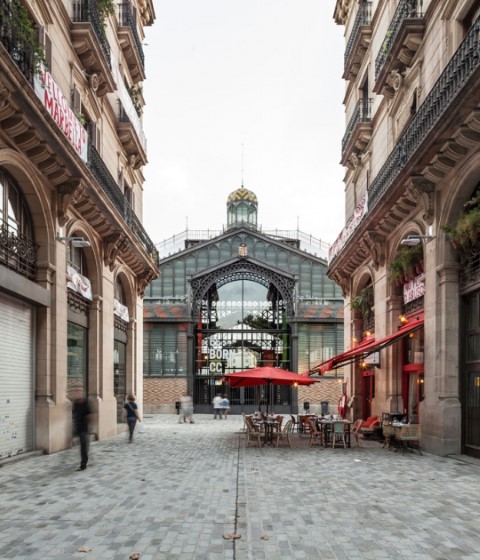Description of project by kolektiv
Curator's introduction:
The exhibition of the catalan studio vora centres in common spaces, public or private, as spaces that articulate the use and generate different relations between the individual, the collective and the physical background.
vora studio is known for their work on different scales: from redefinition of public spaces, some of them with an important symbolic value, to small private enclosures. All the interventions share the sensibility for the material traces of the past as the starting point for the generation of project’s narrative, which emerges necessarily complex and enriched by the different interpretative layers. Memory of the place as well as the memory of the use, collective or individual, are used as tools in the design process.
Belgrade is known for its different layers of urban, social and individual history often underestimated or misunderstood in favour of new realities and spatial discontinuities. I find the work of studio vora (in Catalan: edge, limit) stimulating for material and formal research of these different layers –between scales, and between different arts- as basis for new, more complex design that might permit recognize and re-establish identity values.
Jelena Prokopljević, architect, PhD.
Curator
Shared identities:
Looking through our recent production made us realize that, independently of the projects' scale, we always focus on shared spaces. We often obviate spaces for specific uses and dedicate more effort on the indeterminate ones, on intermediate spaces: from vestibules and corridors, to streets and squares. We believe this "intermediate" is the key that defines the identity of an architecture or of a city.
Common spaces on all scales, but mainly on urban scale, are those in which we all recognize ourselves. Very often these are spaces without attributes. We are interested in dealing with their identity, which is also our own. So, in each project we seek to define it. On the one hand by generating the esnsation of proximity and embracing, or through tactile values of materiality. And on the other, by working with the memories of each location and building new narratives starting from the recognition of stories accumulated in pre-existing constructions or, on occasions, trhough the recovery from oblivion.
We like to think that our architectures are another layer added on the palimpsest that forms a city. And that, further on, new layers, new needs will be superimposed on us.
Pere Buil, Toni Riba, arquitectes.
vora































